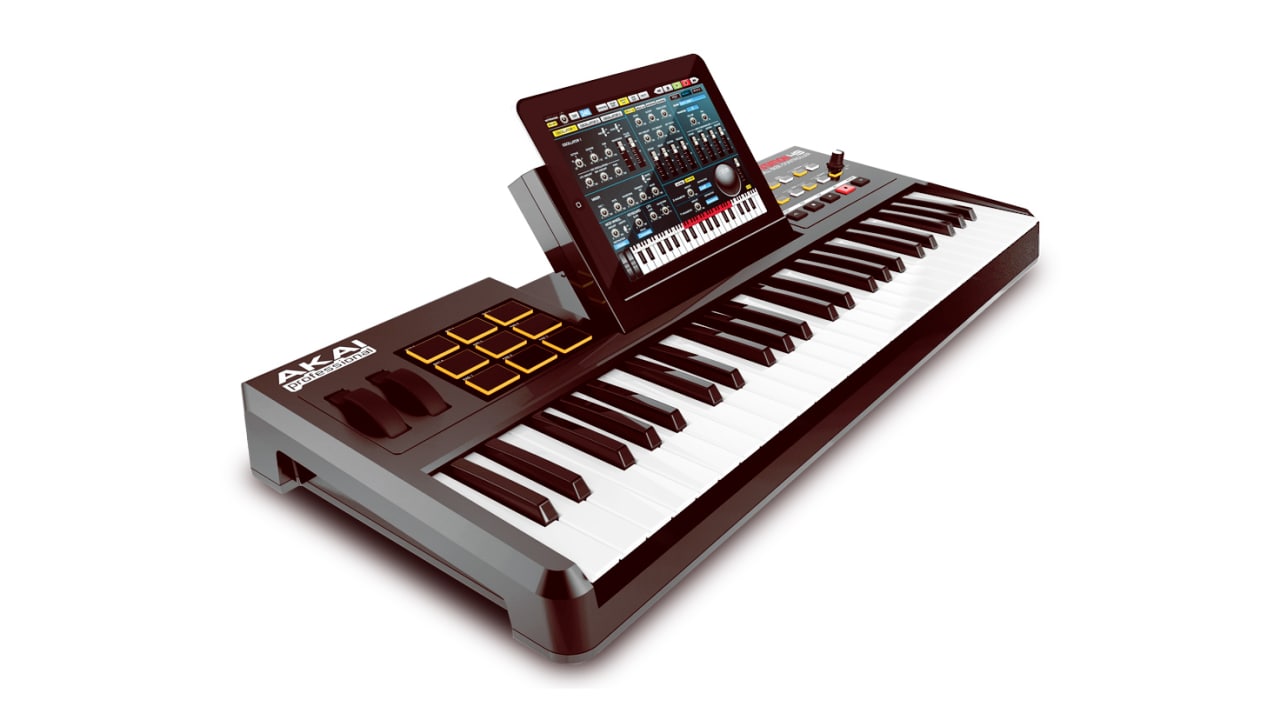


The third main type of synthesizer uses what is called “west-coast synthesis”. This type of synthesizer combines basic signals from a number of oscillators to produce the final sound. You can read an article here about how synthesizer filters are used in music production.Īnother type of synthesizer, that was very big in the 1980s, is called an FM synthesizer. There are also various settings that control how quickly the sound starts and stops and waves that can be applied to the controls to produce the final sound. The name for this process is subtractive synthesis.

The type of synthesizer that you see most often uses a filter to remove parts of the basic audio signal. The way that the basic audio signals are processed to produce the final sound depends on the type of synthesizer. This basic audio signal can then be processed in various ways to produce the sounds that you hear coming out of the synthesizer. The thing that all synthesizers seem to have in common is one or more oscillators that generate the basic audio signal.

That’s about the simplest way to describe it. We’re going to look at this in more detail in another article, so this is just an introduction to help us to see the difference between a synthesizer and a MIDI keyboard.Ī synthesizer is an electronic device that generates audio signals. We’re going to have a look at what each one does (and doesn’t do) to help you decide. Which you buy really depends on the type of music you want to make and how you want to make it. A MIDI keyboard only generates digital messages that need to be sent to an electronic instrument, either hardware or software, for musical sounds to be generated. These sounds can be amplified for playing through speakers or to be recorded. What’s the difference between a MIDI controller keyboard and a synthesizer? The short answer…Ī synthesiser can produce and audio signal that is processed in various ways to produce musical sounds. What is the difference between a MIDI controller keyboard and a synthesiser, and which should you get for your home studio? If you’re just getting started setting up your home studio, or even if you’ve been home recording for a while, you might be confused about this.


 0 kommentar(er)
0 kommentar(er)
